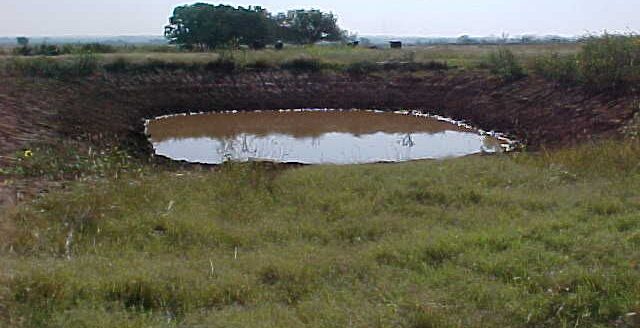Report shows changes in Texas land trends
The new Texas Land Trends report “Status Update and Trends of Texas Working Lands 1997–2017,” produced by the Texas A&M Natural Resources Institute, NRI, has been published. Land-trends reports have informed private and public landowners and decision-makers for more than two decades.
Roel Lopez, director of the NRI, said some highlights of the report relate to the areas of population growth, land values, ownership size and working lands.
Texas contains seven of the top 15 most rapidly growing cities in the nation. From 1997 to 2017, the Texas population increased 48% from 19 million to 29 million residents or nearly 470,000 new residents annually. Eighty-six percent of the population increase occurred within the state’s top 25 highest growth counties.
As with previous land-trend reports, the largest increases in land values were observed in proximity to major metropolitan areas. The average appraised market value of Texas working lands was $1,951/acre in 2017, a 24% increase from 2012 and a 291% increase for the 20-year period.
Texas gained approximately 1,000 new working operations per year from 1997 to 2017, totaling greater than 248,000 ownerships in all. Average ownership size declined from 581 acres in 1997 to 509 acres in 2017. Small operations of less than 100 acres in size were 58% of all ownerships but only accounted for 4% of land devoted to working lands.
From 1997 to 2017, Texas lost approximately 2.2 million acres of working lands by way of those lands being converted to non-agricultural uses. There was a decline of nearly 1.2 million acres as a result of this conversion over the last five-year period alone. Accounting for the majority of working lands in the state, grazing lands have been steadily decreasing since 1997, losing or converting roughly 4.6 million acres to other land uses over the 20-year period. Wildlife management acres have significantly increased in recent years, now totaling approximately 5.4 million acres, up from about 94,000 in 1997.
Lopez said the future conservation of working lands is directly linked to private landowners who strategically steward these properties.

